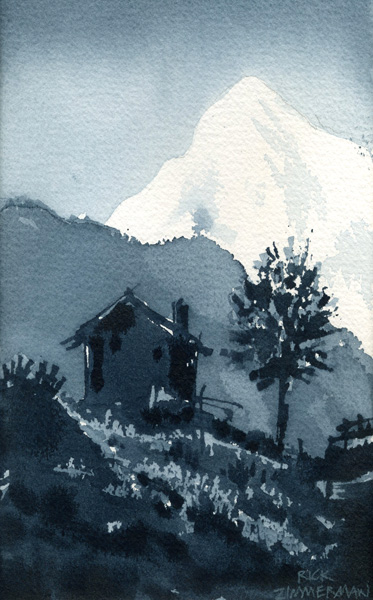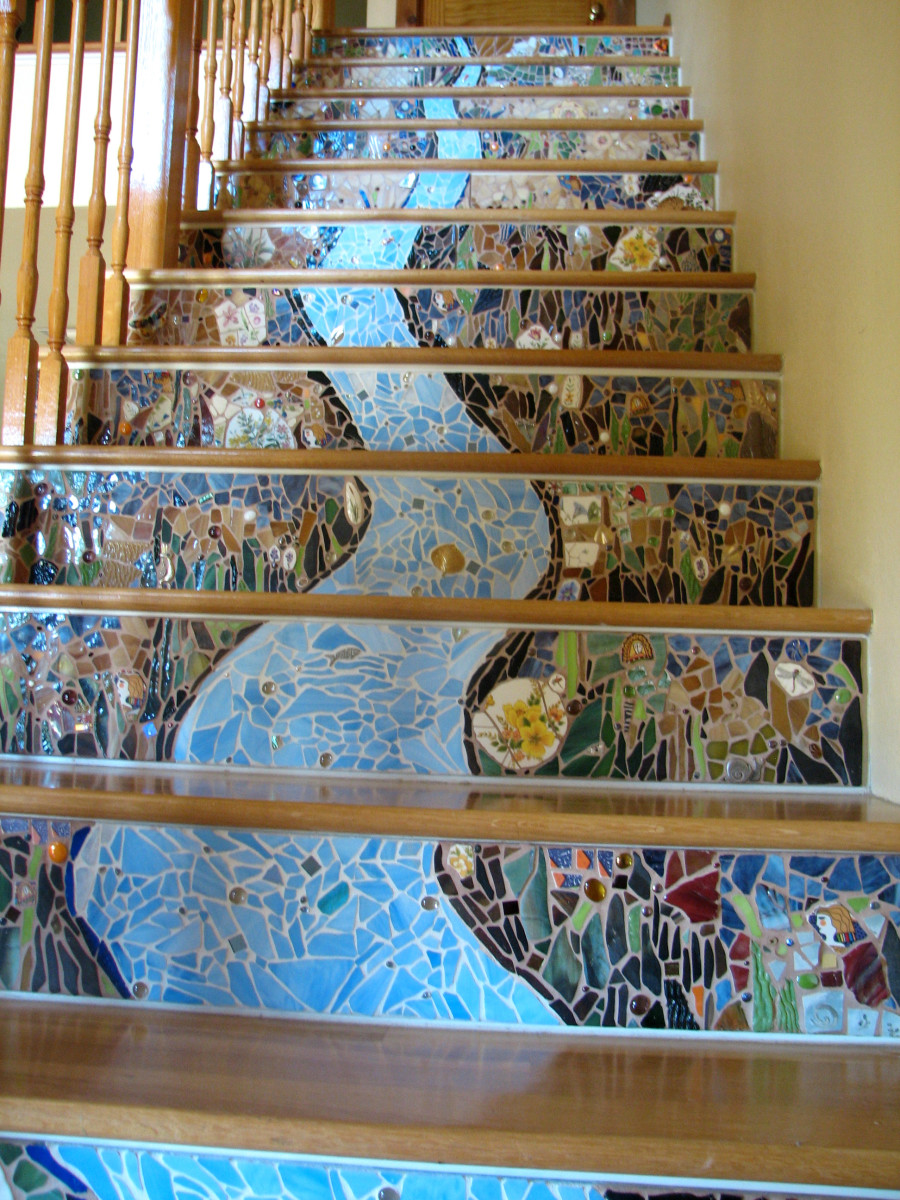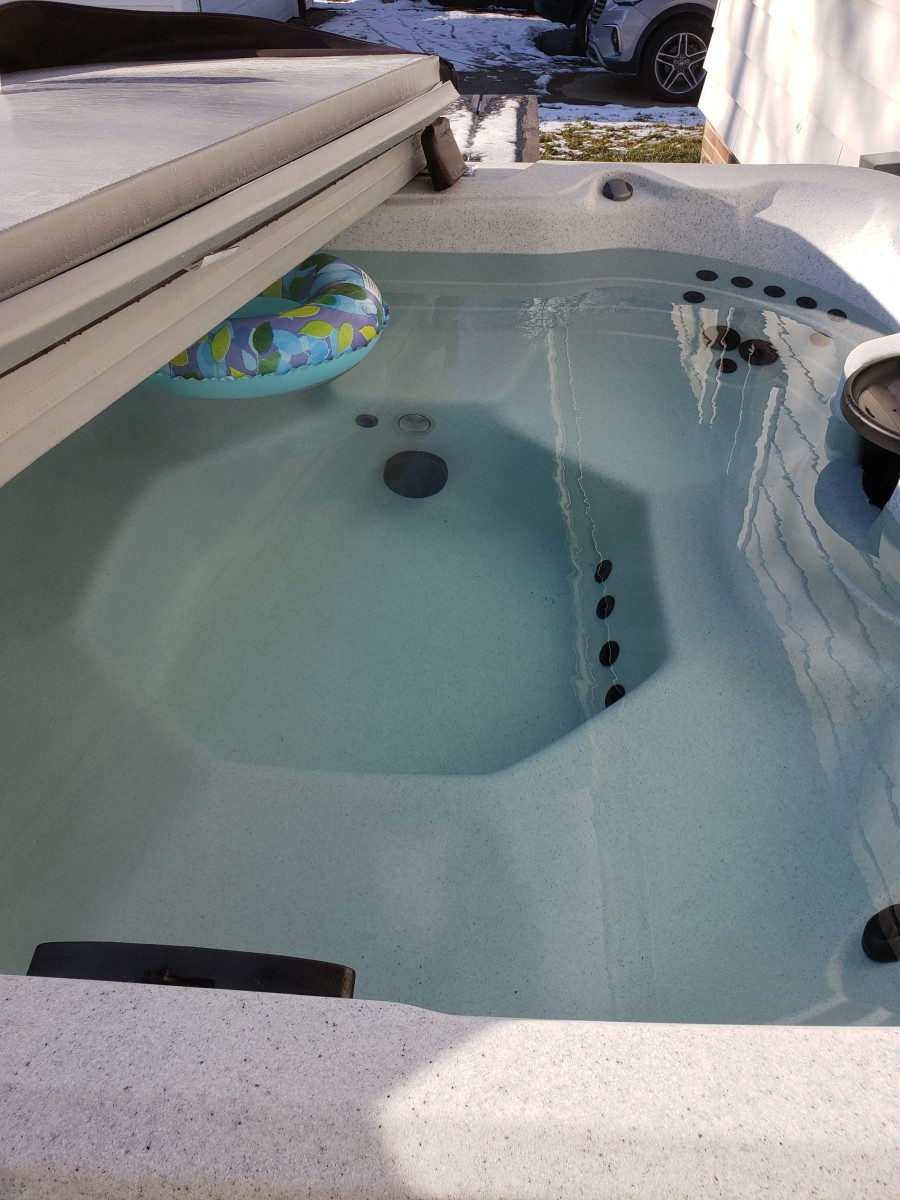Ventilate and Cool a Room, Cabin or Tent

We've all been confronted by the musty summer cabin, the baking campground tent, the steamy spare room over the garage, that's just unbearably stuffy and uninhabitable. But there are some simple steps you can take to try to unstuff that stuffiness.
For optimum ventilation and cooling, your cabin, tent or room should ideally have at least two fairly sizable openings, whether doors, windows, flaps or louvers. Preferably openings should be located on opposite or near-opposite sides. Better performance comes with additional openings, especially if located on all sides. It is best to have at least two openings aligned along the direction of breezes that might prevail during the hottest periods.
Ideally, if possible, the leeward opening (the outlet opening by which ventilating breezes would exit) should be larger than the windward opening (the inlet opening by which ventilating breezes would enter). This will tend to increase the speed of ventilating breezes, making them more effective. Also ideally, if possible, that leeward opening should be higher than the windward opening. Thus, the ventilating breezes will tend to naturally rise and exit as they gather hotter, stuffier room air.
A fan should be placed just inside the leeward outlet opening, directed so as to pull air from the room or space, pushing it out that leeward outlet opening.
For added cooling effect, a shallow pan of water or an unglazed clay pot (such as a solid flowerpot) filled with water can be placed just inside the windward opening, in the path of the incoming ventilating breeze. Water will evaporate from the pan or pot, thereby pulling heat from the air, and moisture landing on and evaporating from the skin will heighten the cooling effect. (This is well-known throughout the American South as a 'swamp cooler'.)
Larger, peaked or multi-level spaces can also be further cooled by the chimney effect. Low windows on lower levels can allow ventilating air to enter. As the air warms, it rises through the spaces, to eventually exit through high windows on higher levels. Through the suction of the chimney effect, replacement air is pulled in through the low windows, and the cycle repeats. The greater the vertical distance between low and high windows, the greater the chimney effect, and thus the greater the cooling effect.
See more at rickzworld.
- Going Green: No Longer a Fad
How have ordinary people begun to change their daily habits to create a more sustainable future? - Ten Quick Tips for Going Green
1. If you don't already recycle paper, cardboard, metal, aluminum, glass, plastic, etc., start now. (You can also recycle batteries, cell phones, computer components, appliances and garage-sale just about anything else.) 2. Prepare more meals at... - Sustainability: Green Roofs
Here's one environmentally conscious design option that's garnering adherents the world over. - The Role of Landscaping in Design and Sustainability
Lush and Varied Landscaping Windswept palms bordering pale sand beaches of Key West. Stately saguaro cacti standing sentinel throughout southwestern deserts. Ponderosa pine marching upwards above the bright blue of Lake Tahoe. Spanish moss cocooning. - Powder Coating: The Green Finish
As designers, architects and contractors become more ecologically and environmentally conscious, powder coating becomes a more attractive alternative. - Green Bathroom Design
One of the best ways to help save the planet is to upgrade the water consumption (and hot water consumption) characteristics of your bathrooms. - Selecting a Green Appliance
One of the greatest boons to our planet's sustainability lies within the grasp of virtually every homeowners: select a green appliance. - Sustainability 67: Green Walls
Green your walls An increasingly popular variation of the more well-known green roof concept is that of the green wall. In a green wall, vegetation is encouraged to grow on a vertical surface, rather than being restricted solely to the ground or to..



